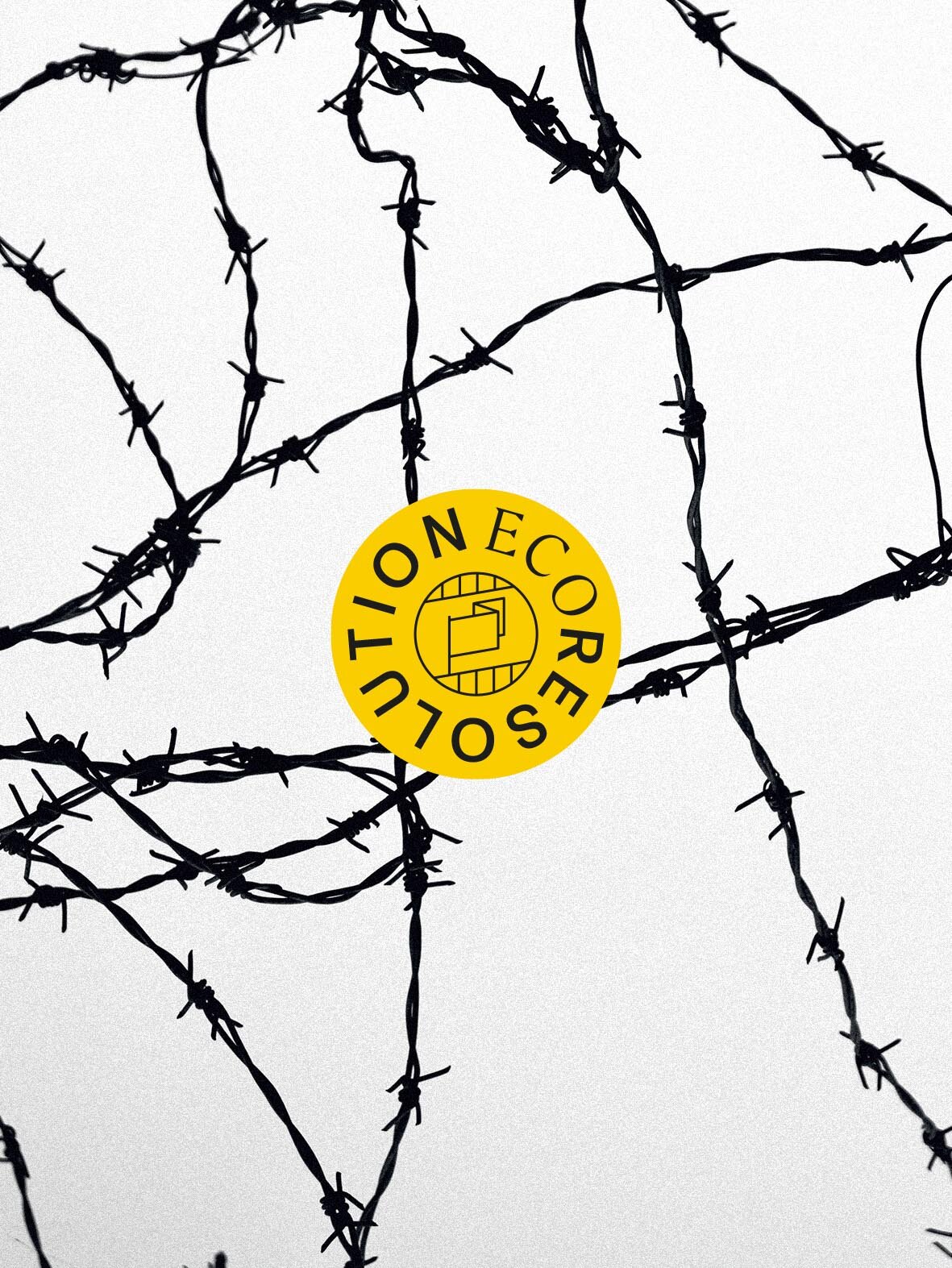Militarisation: An Introduction
Militarisation is the process by which a society organises itself for military conflict and violence; hopefully, you probably feel that your day-to-day life is far removed from the military, armed-forces, or state violence. However, whilst militarisation might not be a word you come across on a daily basis, the reality is that many cultural narratives, power structures, international relations and economic decisions are constructed around militarisation. We may think it is a universal understanding that ‘world peace equals good, global conflict equals bad’, but militarisation is so deeply embedded in so many of our systems that the lines between peace, conflict, and violence are far more complex.
When our taxes are spent on defence, when our pension funds deal in arms trading, when our media dehumanises refugees, when our state sanctions police violence but condemns property destruction, when our politicians leverage vague foreign threats to win elections, when leaders prioritise financing armed forces over green energy, and when military forces target recruits in working-class demographics… These are all aspects of militarisation.
Militarisation is also related to militarism, which is the glorification of the military, armed forces and weapons, including through symbolic displays, such as parades of tanks and soldiers, and actual use of force, such as through warfare. In many cultures it is engrained from a young age that borders are sacred and must be protected, even at the cost of human life and that violence is heroic and patriotic - if done by ‘the good guys’.
Over the years, militarisation has justified colonisation, land displacement, and extractive practices. It has also justified outdated prison systems, state racism, and the exploitation of marginalised and disenfranchised communities. Beyond the evident violence towards human life, militarisation is closely entwined with environmental degradation and our ecological crises. Wars ravage fragile ecosystems that are crucial to sustaining human health and climate resiliency. Furthermore, the U.S. military has often been used to ensure that U.S. companies have access to extractive industry materials, particularly oil, around the world.
The toxic relationship between conflict and climate change only threatens to get worse if we continue this way. Already, many militaries are preparing for the effects of climate change - from conflicts due to loss of food, water, and energy to the mass migration of millions of people displaced by rising sea levels. This preparation isn’t about building community resilience, or restoring ecosystems; on the contrary, the military has started characterising climate change as a ‘threat multiplier’. In a bid for even greater defence funding, the individuals, communities, and states that will be more affected by climate change are already being depicted as threats, rather than victims. This self-destructive spiral has to stop.
Militarisation can feel like an insurmountable force, too embedded in the evolution of our societies to be overcome. But once you start discovering how many individuals, organisations, and social movements are coming together to expose this cultural myth, to implement nuclear disarmament, and to eventually call an end to violent conflict, we can all become inspired and empowered. In reality, over time humanity has become increasingly better at dealing with conflict in a peaceful way, and whilst we still have a long way to go, we are heading in the right direction.





